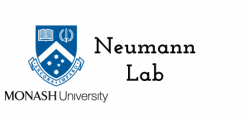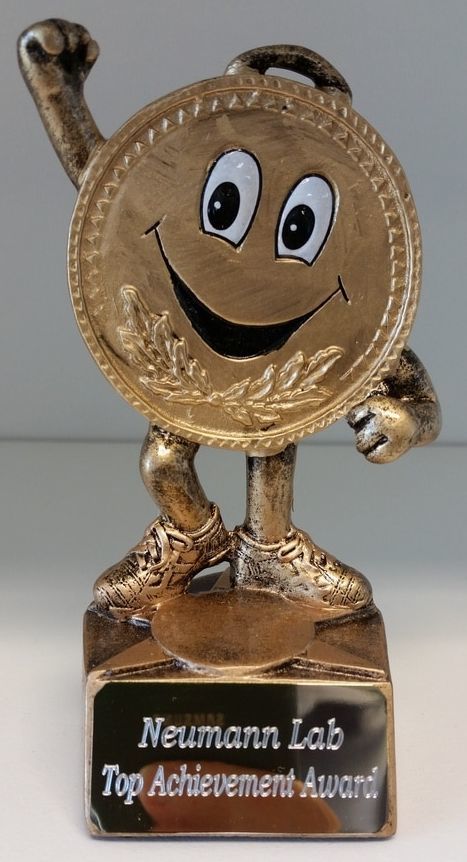CMT is divided into demyelinating (CMT1) and axonal (CMT2) neuropathies, and although we have gained molecular information into the details of CMT1 pathology, much less is known about CMT2. Mutations in more than 20 genes associated with diverse cellular functions are known to be causative for different subtypes of CMT2. Thus, a major unresolved question in the field is how mutations affecting seemingly functionally distinct proteins all lead to the same symptoms in CMT patients. In an attempt to decipher the biological roles of the genes known to cause CMT2, we have targeted nine orthologous genes in the nematode C. elegans and performed comprehensive analyses into the consequences on animal behaviour and cellular/molecular functioning.
Our study reveals common deficiencies in muscle architecture and function, and consequent locomotion difficulties amongst these genetic mutants. Furthermore, our study reveals deterioration of cholinergic neuronal structure as a result of CMT2-related genetic dysfunction, and prevailing deficits at the neuromuscular junction in animals presenting the most severe phenotypes.
We provide the first non-subjective, quantitative methods for assessing muscle morphology in C. elegans. Our methods can help move the field away from subjective, qualitative methods and towards reliable, unbiased quantitative assessments not only in the muscles, but other cell types as well. We also describe detailed methodology for the semi-automated analysis of C. elegans locomotion in populations of animals grown in liquid culture conditions. We use these procedures to demonstrate evident differences between wild-type and animals lacking CMT2-associated genes that will provide excellent readouts for future high-throughput drug screens to identify effective therapeutics that can reverse the locomotion defects.
Finally, our results greatly expand our knowledge into the cellular roles for nine different CMT2-related genes. The biological roles for many of the causative gene have been poorly described. By simultaneously assessing the effects of mutating nine different causative genes in a whole animal model, we have been able to compare deficiencies across CMT2 subtypes. This has revealed that each is essential for robust muscle structure, and importantly that most are involved in cholinergic neurotransmission and maintaining functional neuromuscular junctions. Thus, our results identify common cellular defects when these genes are disrupted, and suggest that the neuromuscular junction could be a potential therapeutic target for CMT2.


 RSS Feed
RSS Feed